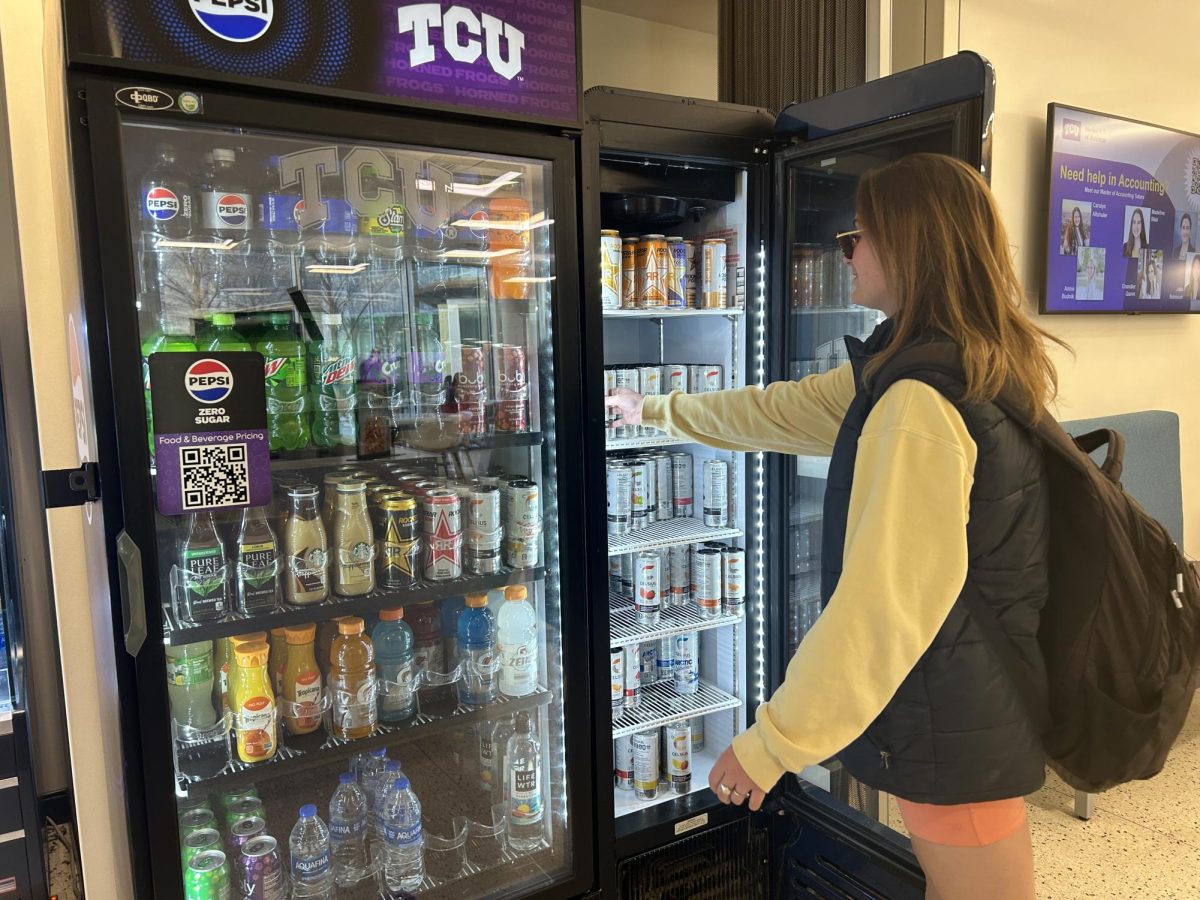Human bones, muscles and skin all preserved by plastic for the sake of science and art. It may seem unlikely that people donate their bodies to have them displayed in a museum, but they do – making Body Worlds as real as both you and I.Gunther von Hagens’ Body Worlds turns science and anatomy into an educational art form, fascinating for all ages. The exhibit is currently on display at the Museum of Nature and Science in Dallas.
Body Worlds explores what the human body looks like from the inside and the outside. The exhibit is divided into sections of the body beginning with bone structure. The most intriguing part of the bones exhibit is a skeleton with its skin hanging off of its hand. As the exhibit progresses, the major systems of the body are shown both as a whole and in pieces. Some of the most striking systems are the nervous, digestive and reproductive systems. Many of the bodies are used either in their entireties, as they were when the people died, or in pieces, such as individual lungs, hands or hearts.
These body parts are donated and preserved through a process called plastination.
Plastination was invented in 1977 by von Hagens, an anatomist and the creator of Body Worlds, according to the Body Worlds’ Web site. The process of plastination occurs by removing water and fat from tissue in the body and replacing it with acetone. The acetone is then replaced with a polymer solution, creating the plastic model on display.
Von Hagens’ plastination technique is not only used for studying humans but also for animals, such as birds and a horses, both of which are shown at the exhibit.
As a whole, the exhibit was amazing and informational, but there were some parts of it that were a little too gory. One of the displays in the nervous system section of Body Worlds exhibit is a head with all of the nerves in the face and head. Staring into a human head with veins running all over and two eyes peering back at me took some guts to observe.
While people of all ages should see this exhibit, parents should use discretion when bringing children to the end of the exhibit. One body donated is of a woman who was eight months pregnant when she died. Her body, as well as the baby she was carrying, is on display. There are also the stages of development of a fetus while in the womb. Although this may be questionable to some visitors, it is both scientific and artistic in its presentation.
Body Worlds has a lot of information and visuals to offer, so allow for at least an hour to tour the entire exhibit. Visitors are encouraged to watch the IMAX video “The Human Body” before visiting the exhibit. No personal photographs may be taken while inside Body Worlds, but there are postcards and books to buy before or after taking the tour.




